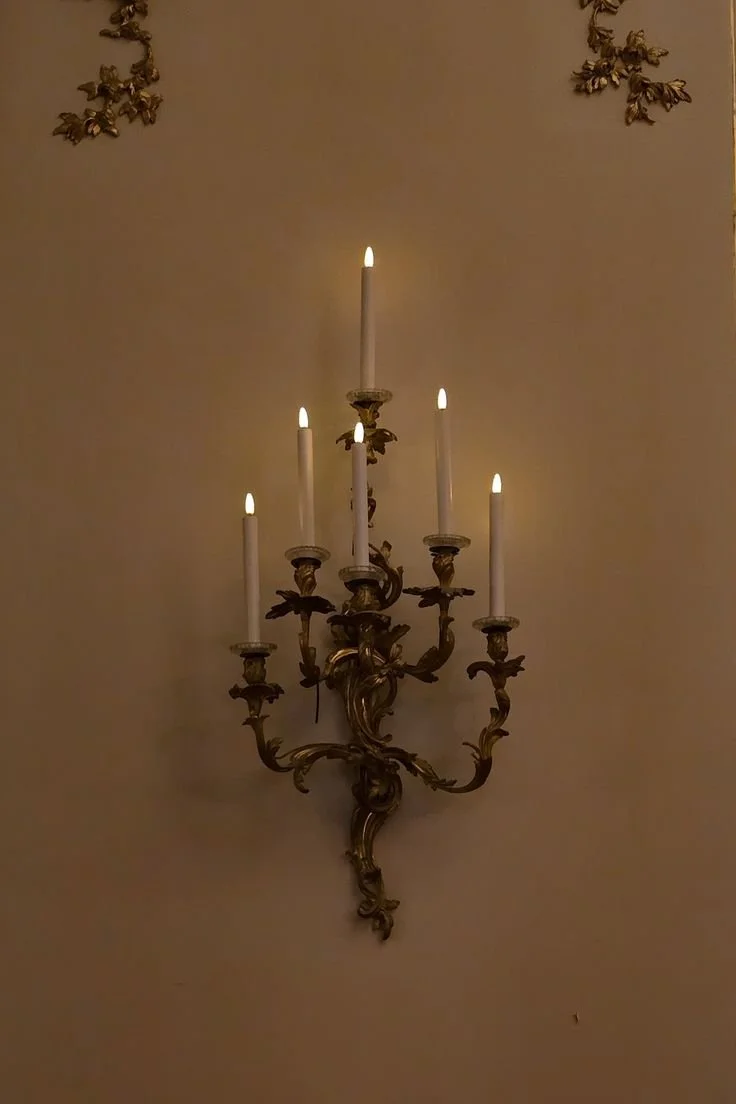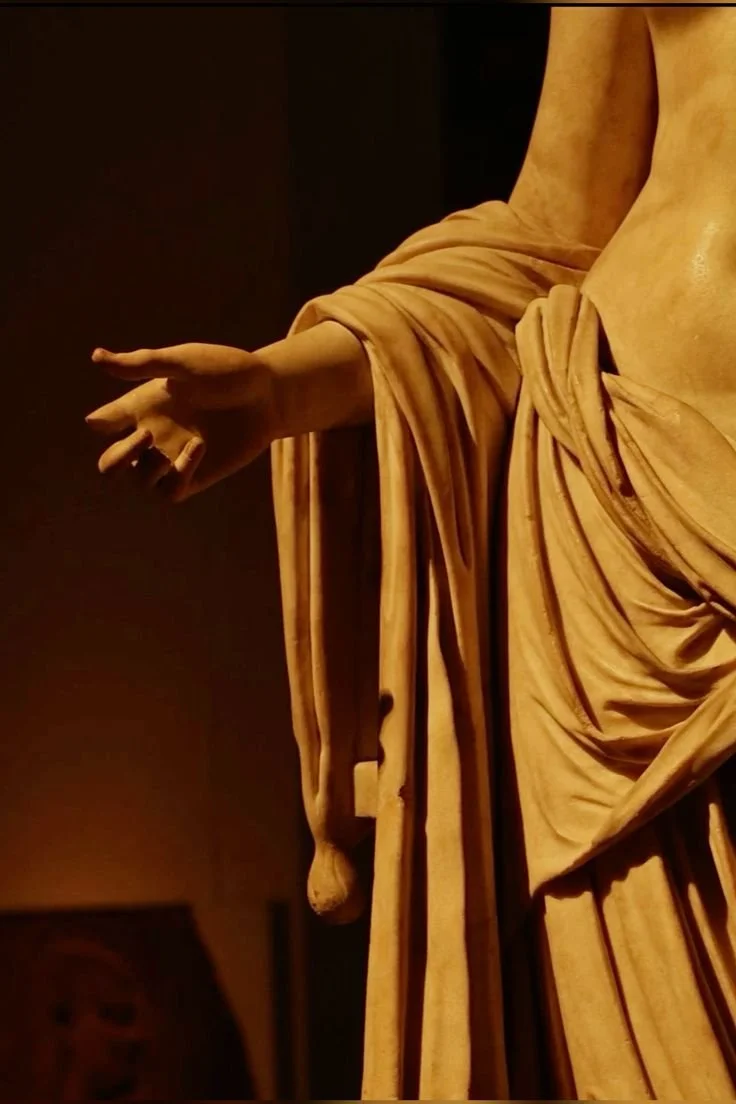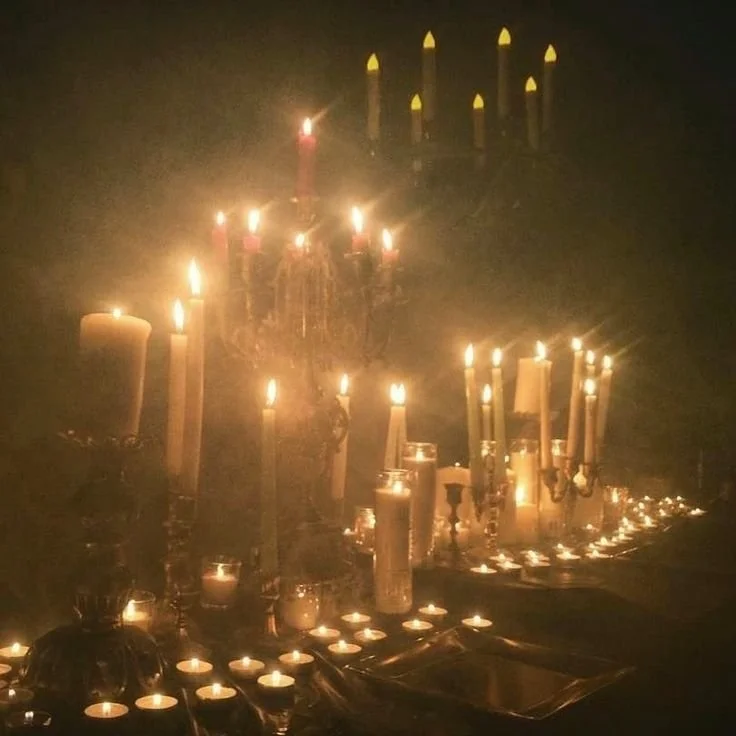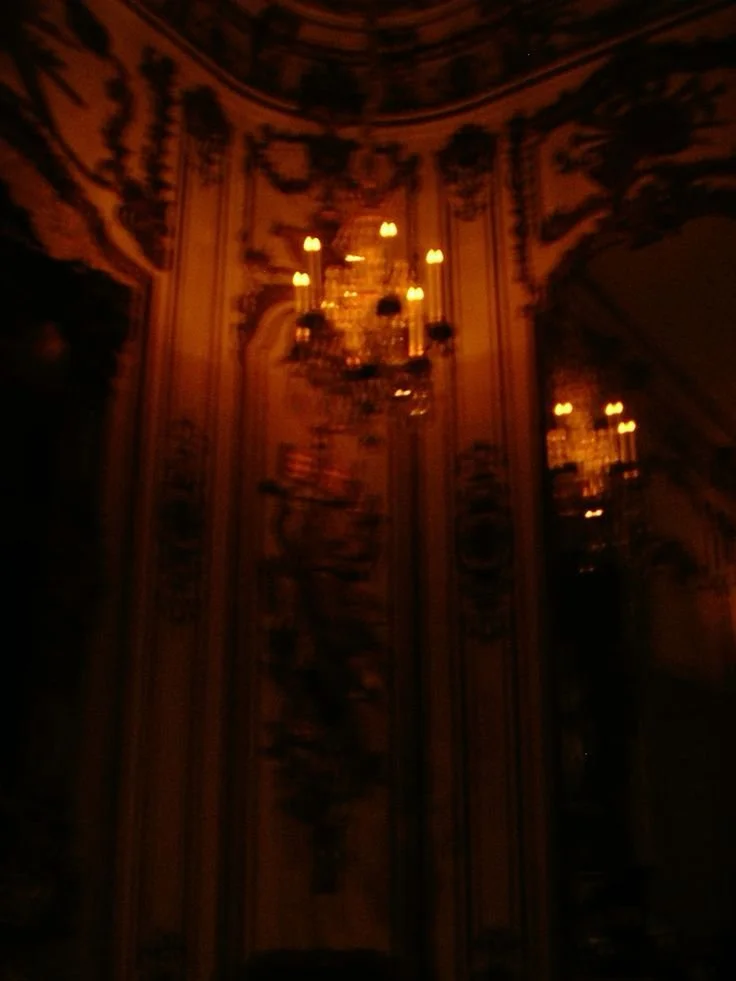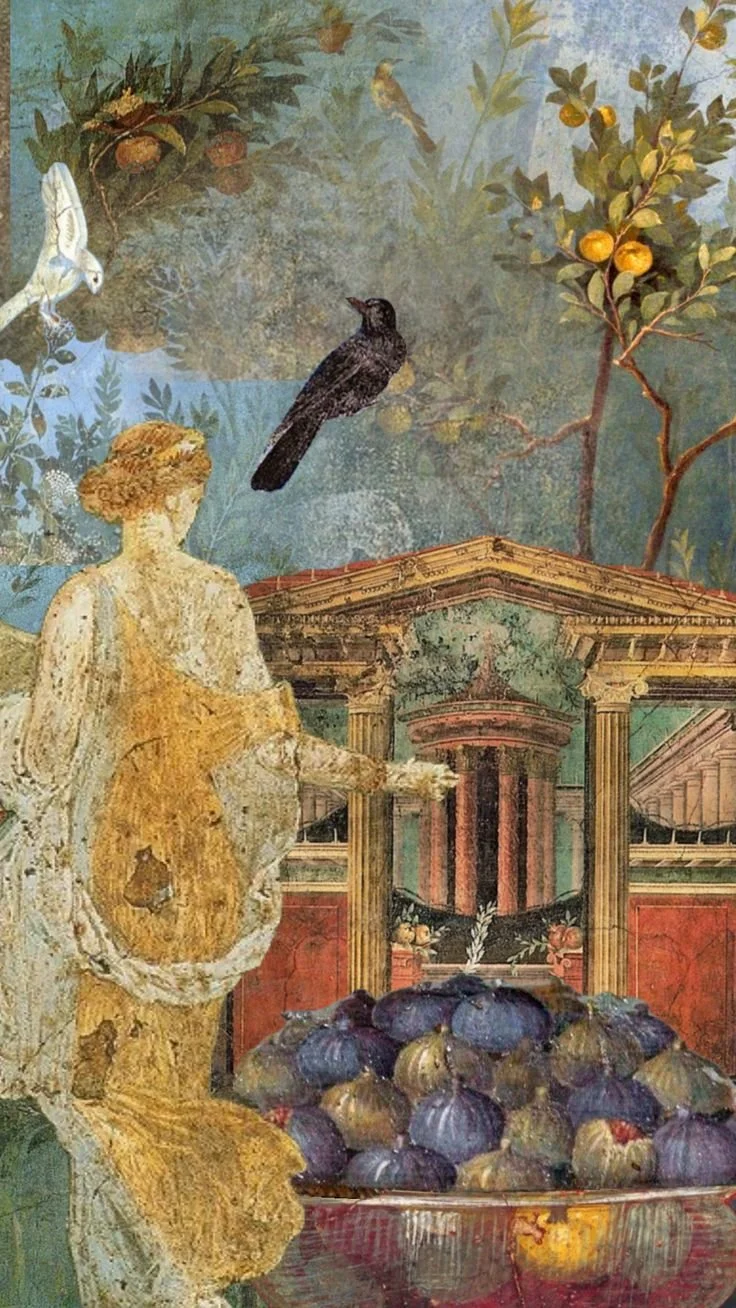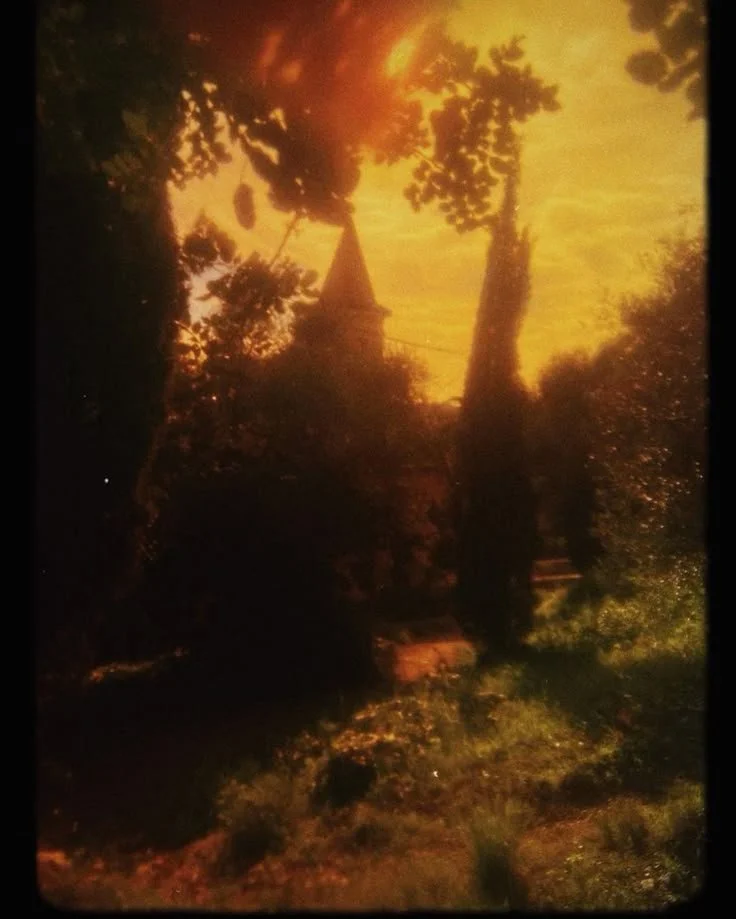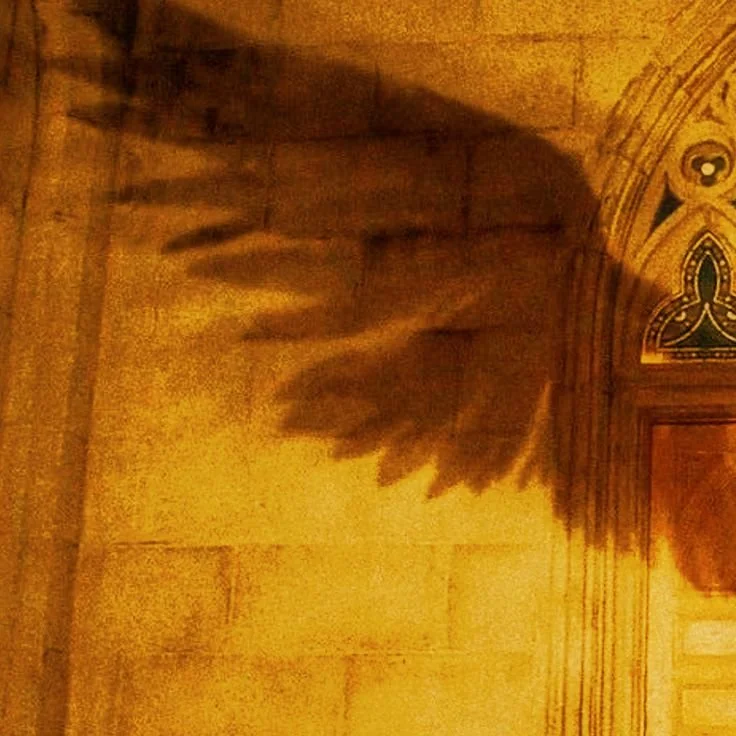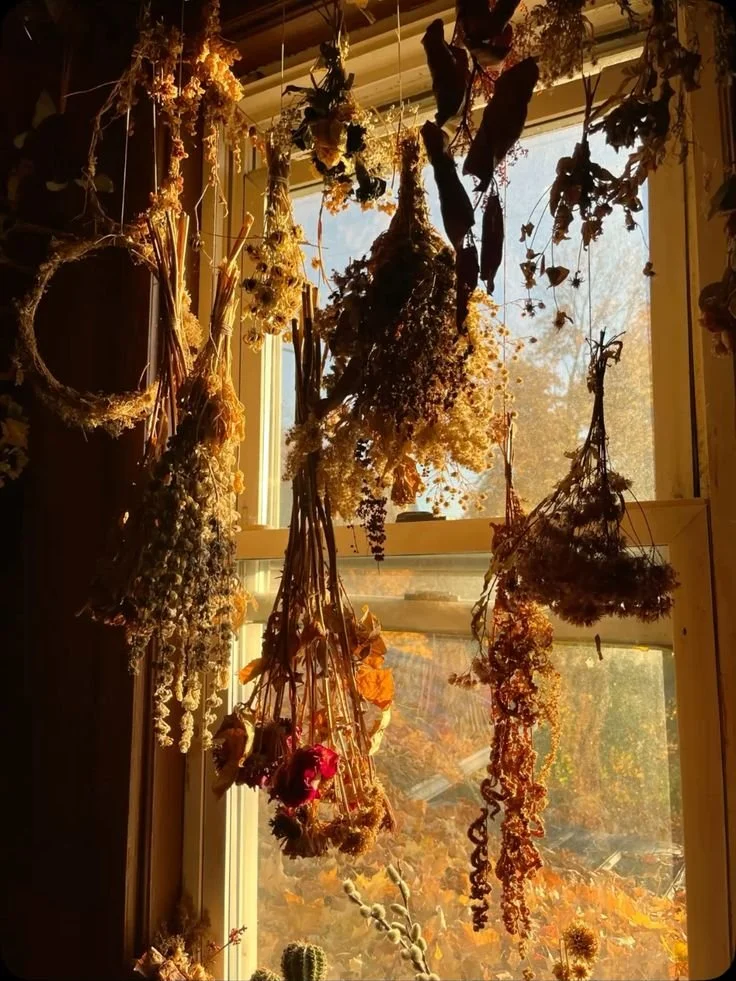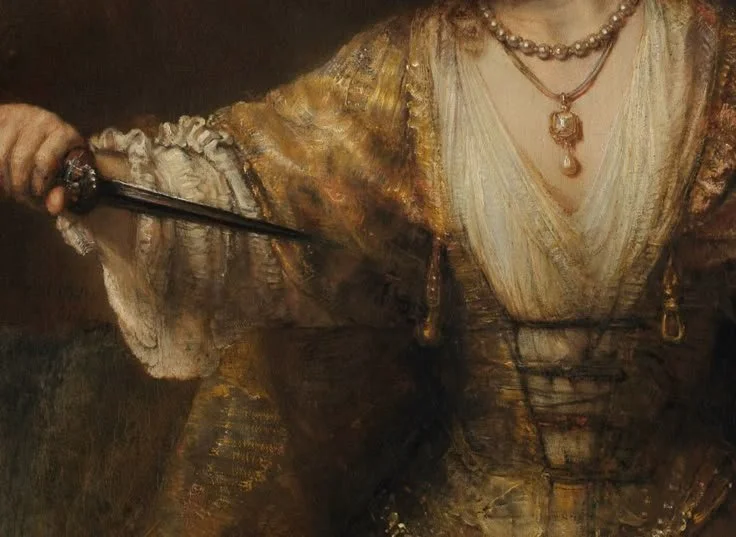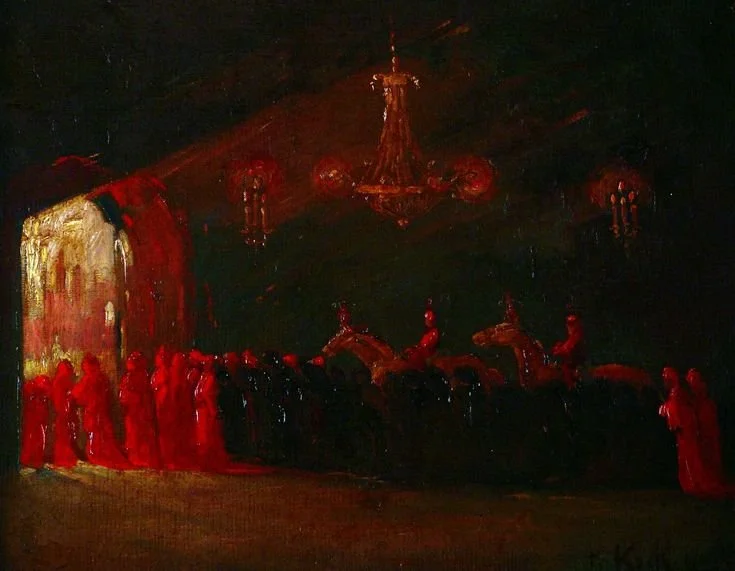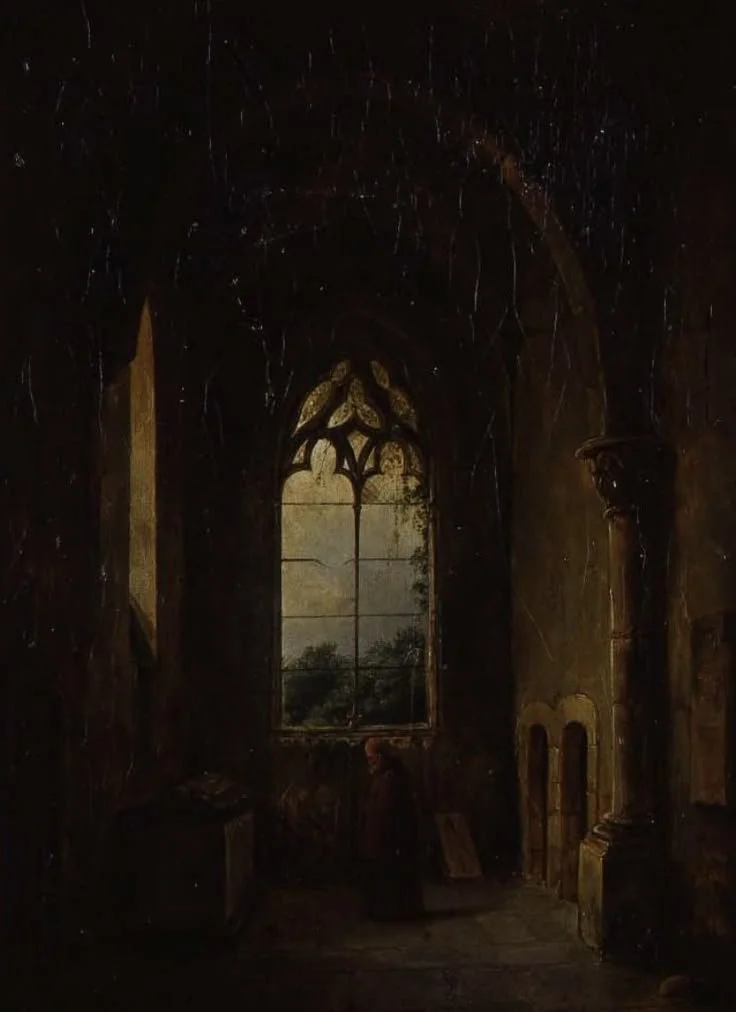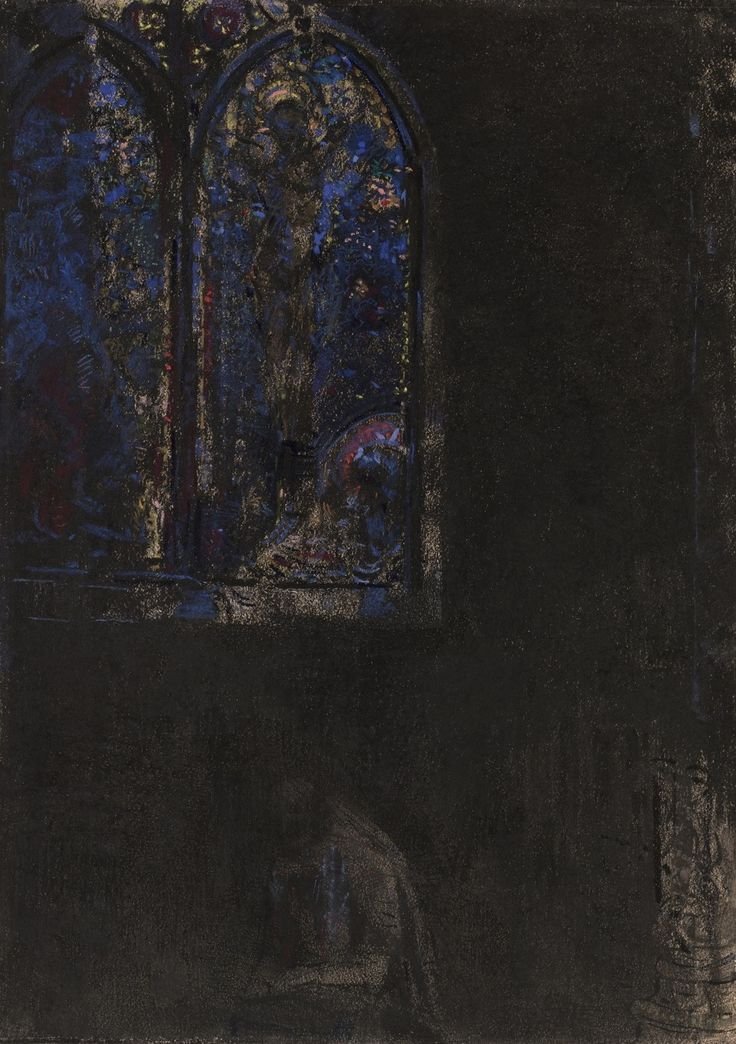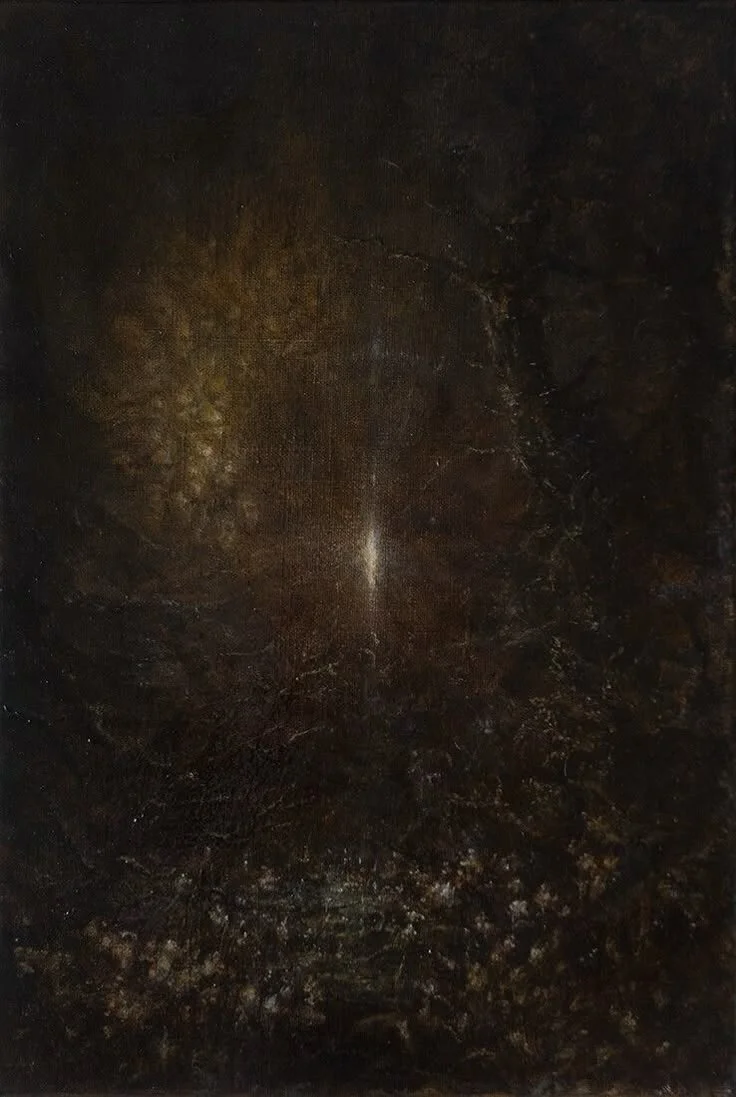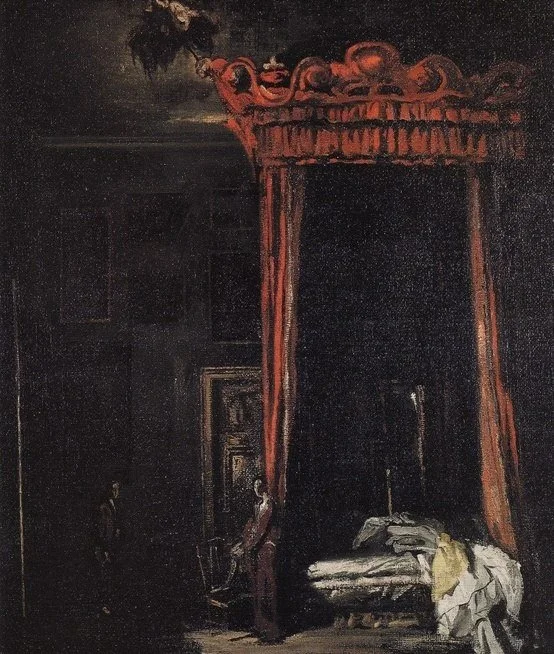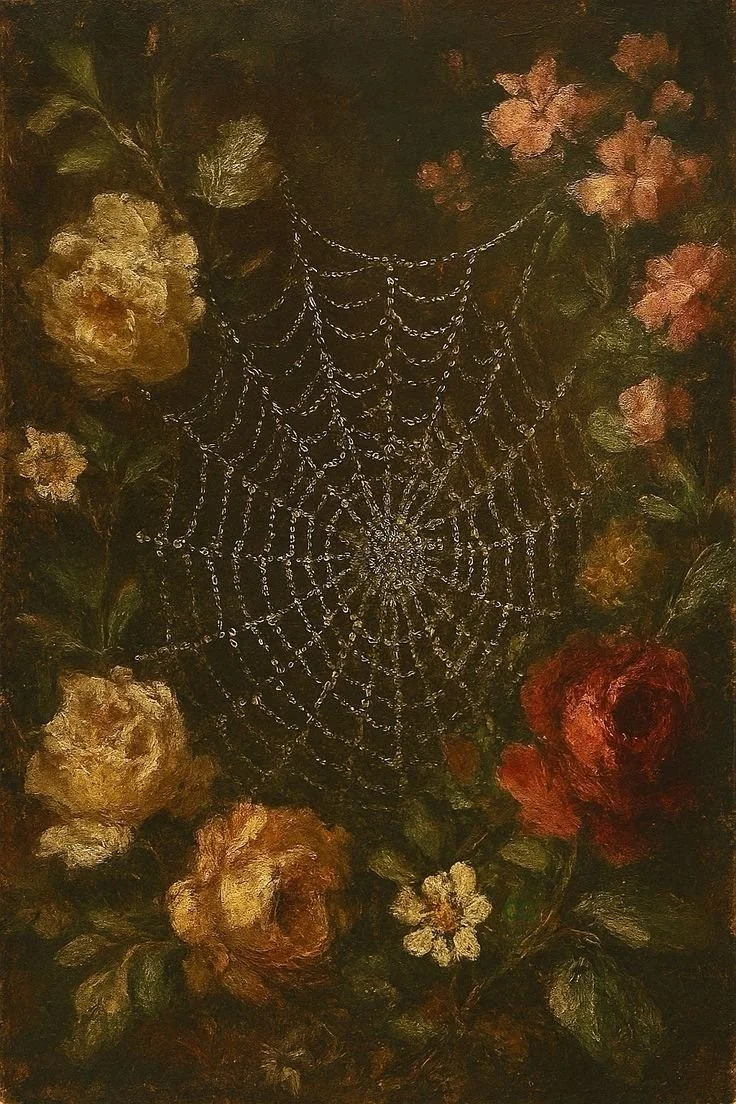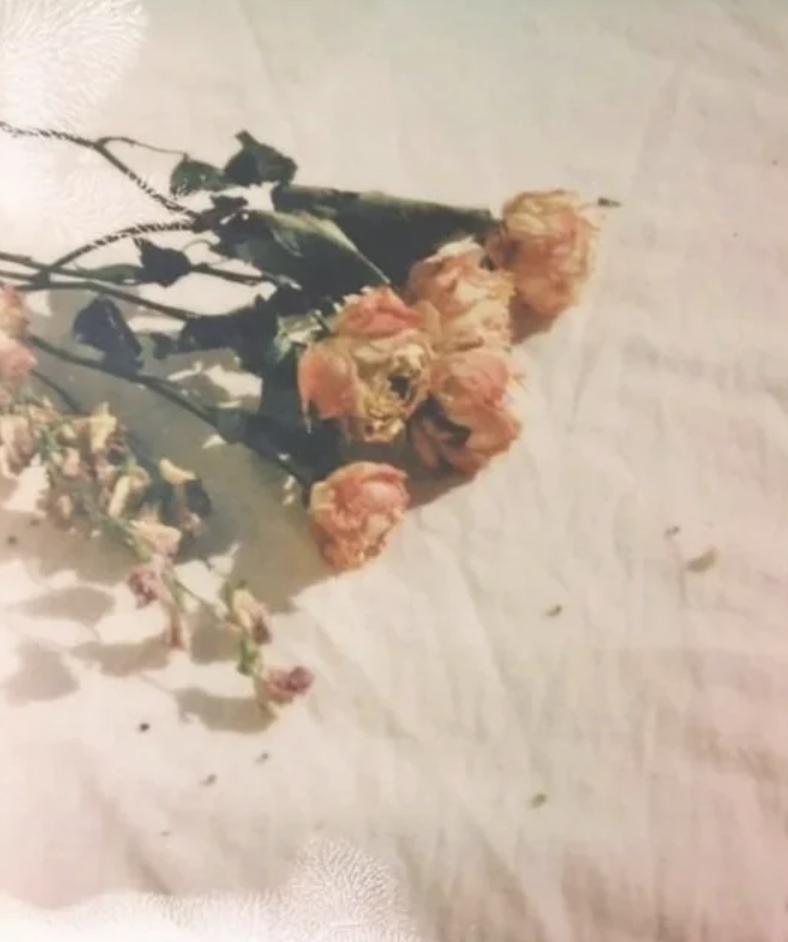So, basically, she had me at "Bluebeard." But since films, especially those created with the deliberate artistic and critical intent that Biller is known for, can take lots of time, here’s a list of items to tide you over until the big release.
Read MoreThe Love Witch is the Kitschy, Hedonistic, Feminist Film You Need to See
BY KAILEY TEDESCO
*Please note that there are some scene descriptions here, which may constitute a spoiler for some.
I found out about The Love Witch nearly a year ago. It all started with a still of Elaine Parks’ heavily shadowed eyelids and a tea dress with ruffles too glorious for words. The still became a fascination which led me to interviews with the film’s feminist auteur, Anna Biller, which eventually led me to a trailer, then back to some interviews, and so on for about nine months. It took until just yesterday for the movie to come to one of my city’s indie theaters. Usually, and in my personal experiences, a build-up of anticipation that long often results in disappointment. I remember thinking several times that this 1960’s B-Horror pastiche could not possibly live up to the hype which I, myself, have ascribed to it.
Well, dear readers, let me tell you it was worth every moment of the wait.
The film follows Elaine Parks (Samantha Robinson), a newly inducted yet gifted, member of a Wiccan coven who is quixotically obsessed (or, in her own words, “addicted) to love. After suffering years of gaslighting and emotional abuse in a previous marriage, Elaine is quickly scouted by a coven while dancing in a burlesque nightclub. From there, she quickly learns to transmogrify “sex magic” into “love magic,” but ultimately leaves each of her dalliances for dead.
The Love Witch is an open allegory with a feminist agenda. While the film’s aesthetic and score set the viewer up for the typical supernatural tropes of 1960’s technicolor horror, we are instead greeted with a more realistic sense of witches which somehow opposes and aligns with our own world’s cultural conceptions. This is because the “witch” is ostensibly equated to a sexually liberated woman, and the townspeople treat Elaine and her coven members as such. In a scene where Elaine meets up with her friend and coven member Barbara at a Burlesque show, men can be heard having discussions about how witches used to hide, but now they seem ubiquitous in society. The attitude towards witches and Wicca is mostly one of bigoted tolerance — as though witches have been publicly granted rights that the anti-intellectualist bar-dwellers can’t override, despite their disdain (sounds familiar, right?)
And the allegory grows stronger.
Elaine herself, after losing weight and gaining empowerment after her husband “leaves,” willingly codifies herself according to the male-fantasy. In the beginning of the film, she sits down to tea with Trish, a self-proclaimed feminist who has been married for ten years. After hearing that Trish will often refuse her husband of some of his fantasies, Elaine scolds that women should always give men what they want. And this is exactly what she does… or so it would seem.
Throughout the film, Elaine creates a world for herself that is heavily influenced by male-perpetuated ideas of femininity, ultimately masking herself in layers of Bardot-esque eyeliner and Audrey Hepburn LBDs. She is often cooking decadent cakes or donning renaissance gowns while riding horseback. She speaks politely and is never seen without make-up. When it comes time for intimacy, she seduces her lovers with elaborate dances in intricate lingerie. She makes herself, essentially, the embodiment of male fantasy. However, she is not quite the Stepford Wife that one might think.
She uses her beauty and sexuality as a bait for men who describe themselves as libertines or unhappily married, aka sexists. From the start of the film, she can be seen batting her eyes in what one initially assumes might be a call-back to the Bewitched nose-wrinkle. Yet, these two are largely dissimilar as Elaine is not using magic at all, simply her own sexual prowess. The men she baits are already ignobly piqued by her as they often catcall and grope. She invites herself into their lives, feeds them a philter, and suddenly they become madly (in every sense of the word) in love. What begins as a dalliance quickly turns into a literal sickness that causes these men to become hysterical with love to the point of death.
The hysterics are played for laughs and ultimately reminiscent of the ways in which women have been misogynistically portrayed in film for the past century. Elaine has none of it, immediately becoming disinterested in her own subjects and proclaiming “what a pussy.” She buries the body of one lover ritualistically, yet ultimately remains un-phased. To top it off, she places a witch bottle containing her own urine and a used tampon over the shallow grave. Her Kardashian dead-pan narration asks viewers to consider that most men have never even seen a used tampon. What she calls an addiction to love is evidently an addiction to power. Elaine exemplifies the culturally normative ideas of masculine aloofness while patronizing her dying lovers in her ruffled mini-dresses.
Anna Biller flips the typified romantic narrative while also giving the protagonist her cake and letting her eat it, too (quite literally). Elaine hedonistically enjoys all of the pleasures associated with sexist romanticism without letting the male stick around long enough for her to suffer the consequences. She flits from man to man like this in perfectly polished composure while her own paintings of liberated goddesses cutting the heart out of a man line the walls of her bedroom a la Dorian Gray. She has polarity and unity of her being, and all of her empowerment lies in her willingness to appear submissive.
Biller constructs this narrative through a carefully cultivated 60’s lens that sometimes alludes to even older Hollywood, yet the inclusion of a smart-phone at the end grounds the viewer in a phantasmagorical contemporary. The film is a world that already exists. Kubrick and Ashby and Argento are all carefully woven into it. Yet, it is not their world. Nor is it Tate’s or Hepburn’s. It is all Biller’s – a world which re-writes over a century of misogyny with one unapologetically empowered witch.
And it is fantastic. Please see it for yourself.
Kailey Tedesco is a recent Pushcart Prize nominee and the editor-in-chief of Rag Queen Periodical. She received her MFA in creative writing from Arcadia University. She’s a dreamer who believes in ghosts and mermaids. You can find her work in FLAPPERHOUSE, Menacing Hedge, Crack the Spine, and more. For more information, visit kaileytedesco.com.

